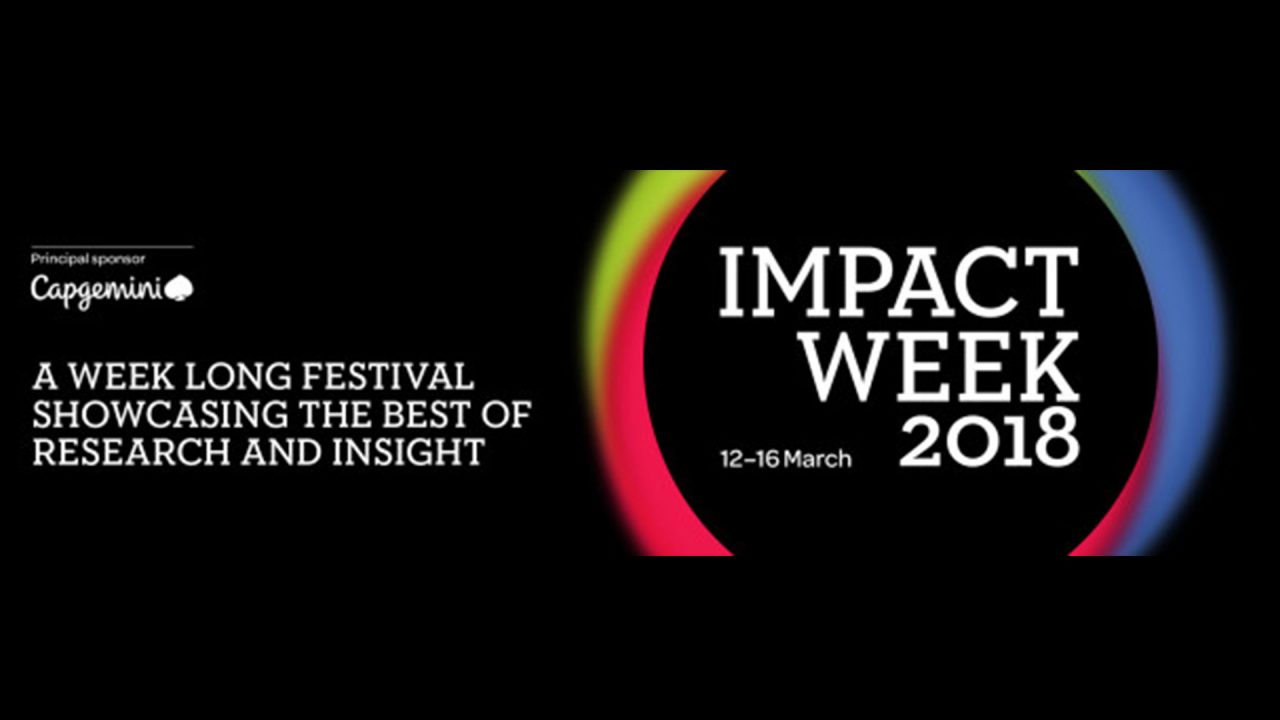
Insight. The killer of creative? Or responsible for killer creative?
Since the dawn of time, advertising agencies and insight agencies have been pitted as arch enemies. With the archetypal Creative Director storming out of insight debriefs outraged that his creativity is being subjected to such layman scrutiny. Or the archetypal researcher droning on about recall percentages or pointing at tiny bar charts that deconstruct the colour of the man’s jumper in frame 5.
I exaggerate for effect. However, while the dynamics are changing, unfortunately for all involved, there is still animosity out there. But equally, there are some great examples of how insight, creative and client can collaborate willingly, inspirationally and flexibly to create exceptional communication that has the customer at its heart.
Taking the stage at the MRS Impact session ‘Fuelling Creative Communication’ are three teams who have done just that. BAMM Research, AMV BBDO and BT; ABA Research, Karmarama and Halfords; and System 1 Group, Grey and Lucozade.
These success stories recognise that insight’s role in communication development isn’t and shouldn’t just be about validation and ‘killing’ or ‘crowning’ ideas – it should be used to inspire and build out ‘The Big Idea’. Insight should be used to help Creatives to do work that is on the one hand rooted in customers’ lives, but on the other hand aspirational enough to be a successful piece of communication.
But if we are looking for reasons why collaboration between Insight and Creative can be fraught, is this perhaps where the tension has historically arisen? Can real life ever be aspirational?
aspirational reality: an oxymoron or the key to impactful creative?
As researchers we spend all our waking moments looking for the extraordinary in the ordinary. Seeing things in customers’ everyday lives that they may dismiss as normal, routine or mundane. For us, the everyday can be aspirational.
But is this just boring if you are a Creative? Is this limiting? Is this devoid of wit, poignancy or other cut-though?
Maybe this was once the case, but there is now a shift happening on the creative communication landscape that dovetails perfectly with this. A shift that sees ‘The Big Idea’ being replaced by ‘The Human Idea’. A shift where the humblest or most routine human truths or moments are being used at the heart of impactful creative that is resonating with audiences more than ever.
Maybe this shift is fuelled by the proliferation of user generated content, or maybe it is fuelled by the need for human truth and reality in our post-truth, fake news society. Whatever the motivation, low key seems to be the new way to unlock creative that has impact and as a nice side effect, also avoids creative cliché. As such, the best Creatives out there are hungry for human truth.
our role in ‘The Human Idea’
So, if ‘The Big Idea’ is now the human idea, and if clients and creative agencies are putting increasing emphasis on the customer angle, this upweights our role in the creative process and brings insight, planning and creative closer together. Meaning of course, that collaboration is key. And this involves meeting in the middle. So, while the creative mindset has shifted, so must the researcher mindset. But to facilitate better collaboration, we need to reframe how we approach communications development.
Firstly, we need to be more flexible. We must accept that it’s OK to start with ‘The Big Idea’ and find the customer truth that brings it to life – as opposed to starting with research and building out creative territories from the insight. For example, in Halford’s case, they asked ABA to take the Big Idea of ‘For Life’s Journeys’ and find the daily reality behind it that could be used for their communication strategy.
Secondly, we need to be less ‘purist’. We must accept that it’s OK to do research which is more ‘curated’ and stage events or recruitment to ensure we get a particular type of human truth. For example, in BAMM’s case, focussing recruitment on moments not people – like a Sunday Roast or a first date – which would help them get closer to BT’s big idea.
Thirdly, we need a reality check. While as an industry we are making leaps and bounds, our deliverables can be boring! We must accept responsibility for making the Creatives want to listen to us. We must think about the audience we are trying to educate and inspire – i.e., exceptionally creative people – and really focus on our methodologies and deliverables to better engage them throughout the process. For example, to engage their audience at AMV BBDO, among other techniques, BAMM created a printed story book and other ‘non-debrief’ collateral that piqued their interest and gave them reason to revisit the insight.
Lastly, we must start thinking about ourselves differently. If ‘The Big Idea’ is now The Human Idea then we need to stop limiting our remit under the label ‘researcher’ and start thinking about ourselves as content generators!
To find out how you can start thinking about yourself as part of ‘The Human Idea’ come to Room 2 at 11:45am on 13th March/Day 1 of MRS Impact!
By Rhiannon Price, Head of UK Qualitative Research and Global Client Engagement
if you would like further information, please get in touch via:
rprice@northstarpresents-volvo.com




